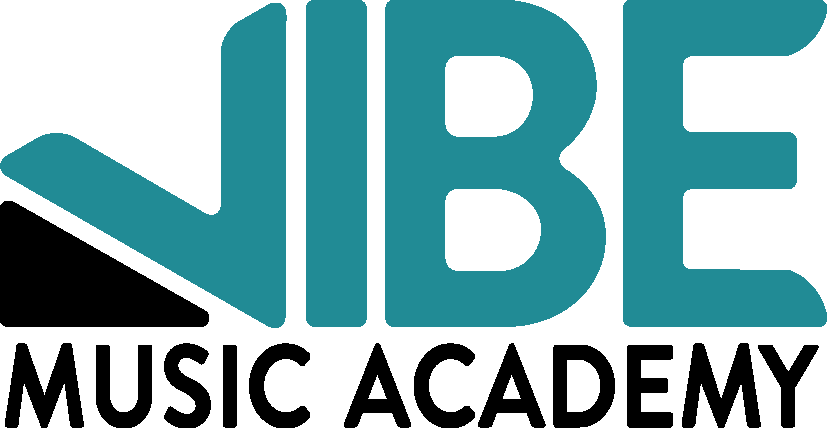Today we have the opportunity to share another installment in our “Instructor Features” blog series! This week we have Carly Erst to celebrate! Carly is a violin, viola, cello, double bass, and music theory instructor who is currently studying music composition at Butler University. Carly is passionate about instilling a sense of enthusiasm in her students and helping them take the lead in exploring music for themselves.
Read more about Carly below, and at the link near the bottom of the post.
To begin, what do you teach at Vibe and how old are your students?
I teach the string instruments—violin and viola to an advanced level, and beginner cello and bass, and I have taught students from ages 3 years-old to seniors in high school in addition to tutoring some college students as well.
Talk about your background in music, all the way from your very first experience with an instrument.
I started playing the violin in 5th grade. I was 10 years old, I think, and I just really loved it. My school had a teeny tiny orchestra program, but that lent itself well to getting to know my orchestra director. She was extremely encouraging, and I started taking lessons in my junior year of high school when I decided that I wanted to pursue music education. I went to Anderson University for music education, and I took violin lessons with Gert Kumi, who is an incredible violinist. I also got to learn all of the other instruments so that I would be certified to teach band, orchestra, or choir. I also really tried to focus my attention on music theory so I would be qualified to teach that at a high school if that’s what I needed to do. My senior year I decided kind of last-minute that I really, really enjoyed music composition, and I wanted to look into pursuing that, so I applied to Butler University for a master’s in music composition, and I was accepted. I finished my first year last year, and I’m going into my second year now. I am a part of their new music ensemble, so I’m still getting to play all sorts of really crazy, really cool new music, and I’m learning new techniques that you can do on string instruments, and I’m learning a lot about all the other instruments as well. So, my music career started small and has very much been expanding in the years that I’ve been practicing.
When you begin lessons with a beginning player, what are some initial goals you help create with the student?
I really like to get the student playing in the very first lesson, which sounds like a “duh” type of thing, but I know that there are lots of methodologies that have the students learn the instruments and learn all the names of the parts of the instrument and how to hold it, and all sorts of things like that for their very first lesson, which all of that is definitely important, but I do like to get my students playing. I like to get them to make sounds so that they can explore those sounds on their own after their first lesson. I think that’s a very important thing to do very early on.
What are some of your favorite method books to utilize and prescribe?
I like to use a big mixture of books. For my beginning students, I usually give them just a couple of copies from the All for Strings books and pick and pull from different methodology books the things that I think are educationally the soundest way to start. I think complete pieces are also a really good thing to teach early on, which is why I pull from the Suzuki books as well. So I do like to pull from Suzuki here and there just to give them a complete piece to learn and give them that sense of accomplishment of learning an entire piece, which is a really cool thing.
What is your all-time favorite performing experience?
My all-time favorite performing experience was probably the Fort Wayne Philharmonic Youth Symphony. I was a senior in high school, and it was the very first time that I had played in a full symphony with all of the winds, brass, percussion, and everything. I cannot remember the piece that we played, but it was just such a huge experience, and it was one of those really cool almost out of body experiences where I was playing and I was hearing all of the other sections, and we were making this super huge music that filled the entire auditorium. It was incredible, and I just was on cloud 9 after that performance. It was amazing!
You are the newest addition to a crayon box. What color are you and why?
Periwinkle because it is the best color and it is a wonderful combination of blue and purple, and it’s just the prettiest color that there is.
Why do you feel that music education is important for developing members of society?
I think that just an appreciation for music creates a well-rounded student and adult. In my years of doing music education at Anderson University, we talked a lot about being an adult who is able to rock their baby to the beat of music, sing “Happy Birthday” at a child’s birthday party (and being able to sing it well)—just a whole bunch of everyday things that you don’t really think of being connected to music. I think an appreciation for music and all that it takes to be a musician who is doing that as their career creates a really well-rounded adult and a good appreciation for the arts.
Carly is such a great addition to our team, and we are so excited to have her on board! Read more about her here!






